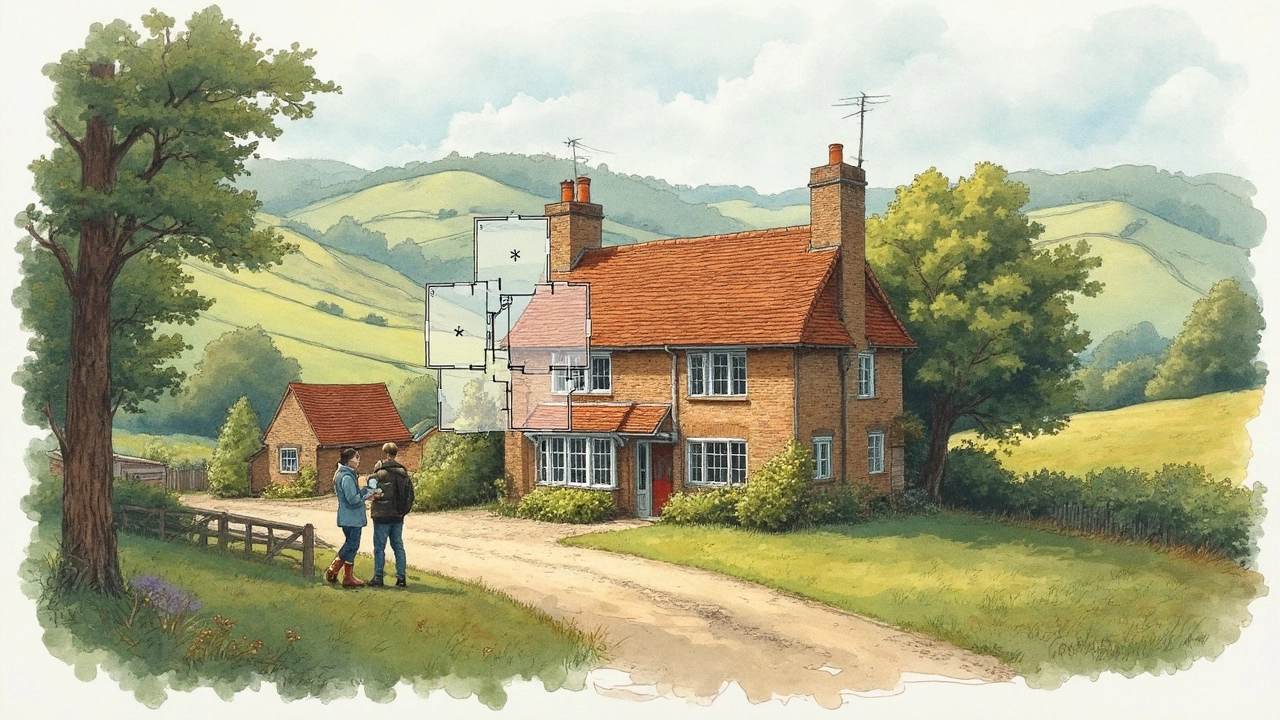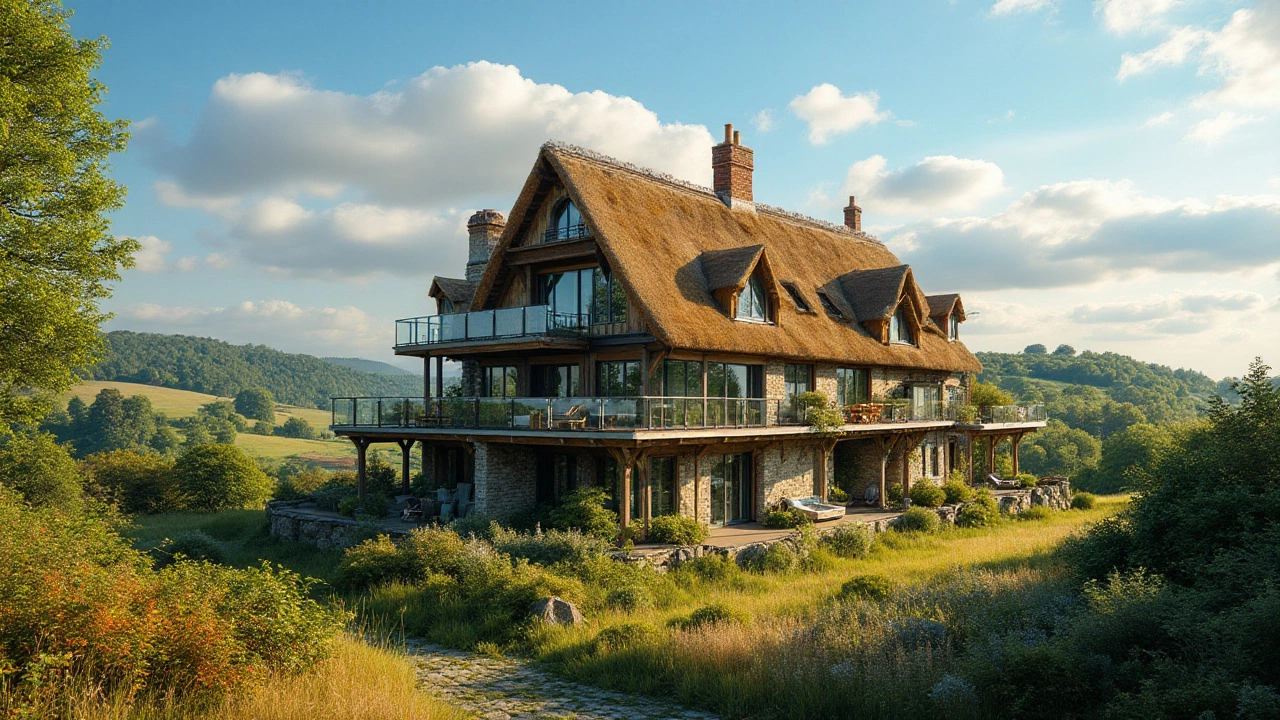
Cottage Design Ideas for a Cozy Loch Ness Retreat
Thinking about how your cottage should look before you book it? A well‑thought‑out design can turn a simple stay into a memorable escape. Whether you’re staying in a stone‑built hideaway or a modern timber cabin, the right design makes the space feel bigger, warmer, and more connected to the dramatic scenery around Loch Ness.
Start with the layout. Open‑plan living areas let you enjoy the view while cooking, dining, or relaxing. If the floor plan lets the main lounge face the water, you’ll soak up the sunrise without even stepping outside. Keep traffic flow simple: place the kitchen near the entrance, the bedroom off a short hallway, and a small sitting nook by the window. This arrangement reduces clutter and keeps the cozy vibe intact.
Choosing the Right Materials
Materials are the backbone of cottage design in the Highlands. Local stone, reclaimed timber, and natural wool are not just pretty—they’re built for the weather. Stone walls hold heat, timber adds warmth, and wool rugs soften the floor. When you can, pick a cottage that uses these authentic materials, or add them through décor: a stone fireplace mantle, exposed wooden beams, or a wool throw.
Don’t forget sustainability. Many modern cottages incorporate insulated walls, double‑glazed windows, and solar water heaters. These features cut energy bills and keep the interior comfortable, even when the wind picks up. If you’re designing your own retreat, ask the owner about green upgrades; a small investment now saves money and makes the stay feel responsibly Scottish.
Interior Touches That Feel Like Home
Once the structure is set, the interior details bring personality. Neutral walls in soft grey, cream, or muted green let the landscape take center stage. Add a splash of colour with cushions, throws, or traditional tartan accents. A low, comfortable sofa paired with a wooden coffee table creates a relaxed gathering spot, while a few antique lanterns give a warm glow after dark.
Lighting matters too. Mix natural light during the day with layered lighting for evenings: a floor lamp for reading, a table lamp for a cosy corner, and dimmable ceiling lights for a soft ambience. If the cottage has a loft or attic space, a small reading nook under the sloping roof can become a favorite spot for a cup of tea and a good book.
Lastly, bring the outdoors in. A couple of potted heathers, a small indoor fern, or a vase of fresh wildflowers ties the interior to the surrounding hills. Simple, low‑maintenance plants add colour and a fresh scent without needing a gardener.
Putting these ideas together doesn’t require a design degree—just a keen eye for what feels right in the Highland setting. Look for cottages that already showcase stone walls, timber beams, and big windows. Add personal touches with textiles, lighting, and a few green upgrades, and you’ll have a space that feels both luxurious and lived‑in. Ready to book your next Loch Ness stay? Use these design basics to pick a cottage that matches your style, and you’ll walk into a home that’s ready for relaxation from the moment you arrive.

